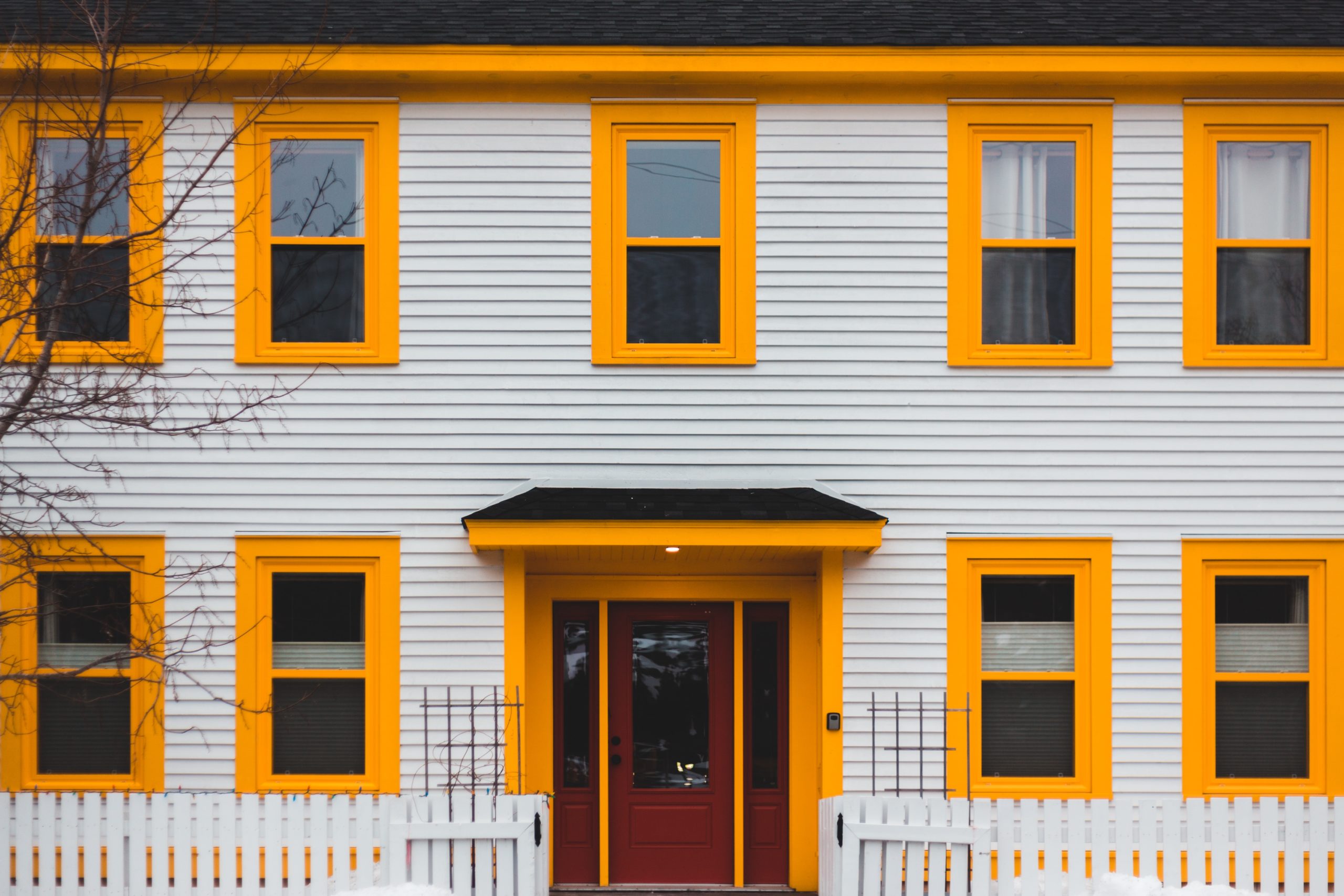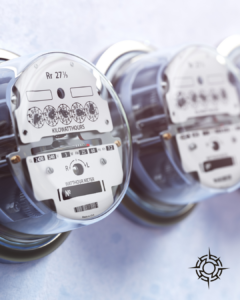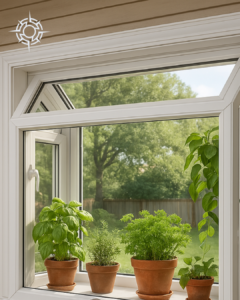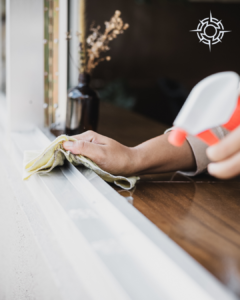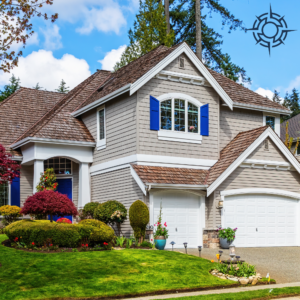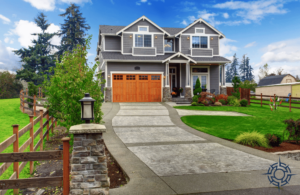Minnesota’s diverse and often extreme climate requires homeowners to be especially considerate when choosing siding material. In this northern state, weather varies from hot, humid summers to harsh, cold winters with considerable amounts of snowfall. Therefore, a siding material’s resilience to these conditions, as well as its aesthetics, maintenance needs, installation ease, and cost, are all crucial factors. This is a task where siding contractors can be indispensable, bringing their expertise to advise on and execute the best choice. Here, we’ll explore some of the best siding materials suited for homes in Minnesota: Vinyl, Metal, Stucco, Wood, Engineered Wood, and Fiber Cement.
Vinyl Siding
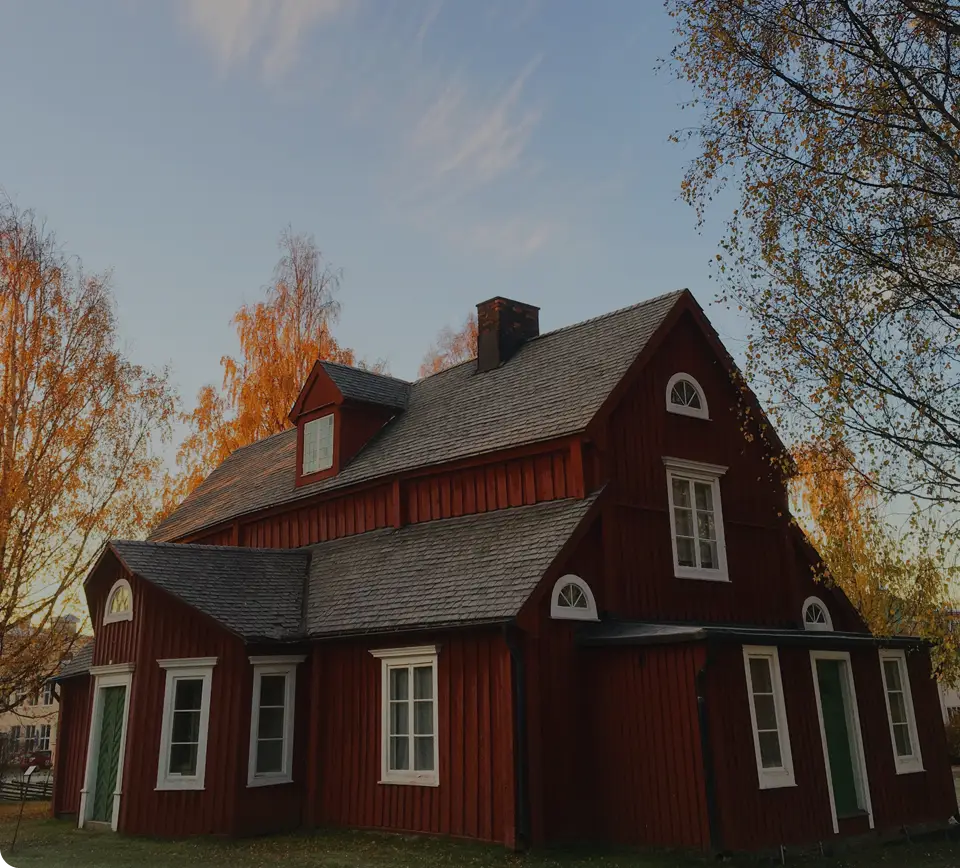
Vinyl siding, first introduced in the late 1950s as a replacement for aluminum siding, has evolved into the most commonly used siding material in North America. Today’s vinyl siding is typically manufactured through a co-extrusion process that involves two layers of PVC—the top layer, or capstock, contains titanium dioxide, which prevents ultraviolet light degradation, while the bottom layer, or substrate, features limestone to decrease costs.
Known for its versatile aesthetics, vinyl siding fits a variety of Midwest home styles, from traditional colonial houses to more modern constructions. It is available in a broad range of colors and textures, some of which mimic the look of wood grain.
Pros:
- Affordable: Vinyl siding is less expensive than many other options, making it a budget-friendly choice.
- Durable and low maintenance: Vinyl is known for its resilience and doesn’t require painting or staining.
- Wide variety of colors and textures: This allows homeowners to customize the look of their homes.
Cons:
- May crack in extreme cold: Minnesota’s harsh winters may lead to damage over time.
- Less environmentally friendly: Vinyl siding is non-recyclable and its production and disposal can be harmful to the environment.
Metal Siding
Metal siding, which has been used in home construction since the early 20th century, is typically made from steel or aluminum. Modern manufacturing processes usually involve bending the metal into planks or panels, often coating them with a protective layer of vinyl or paint to prevent rust.
With its sleek, contemporary look, metal siding is often used in modern home designs in the Midwest. It also works well in industrial-style homes and is commonly used in rural settings because of its excellent durability and weather resistance.
Pros:
- Highly durable and weather-resistant: Metal siding stands up well to extreme weather conditions, including harsh Minnesota winters.
- Fire-resistant: This can be a significant advantage in terms of home safety.
- Recyclable: Metal siding is more environmentally friendly as it can be recycled at the end of its life.
Cons:
- Vulnerable to dents and scratches: Impacts from hail or other objects can mar the surface.
- Less traditional aesthetic: Some homeowners might prefer the look of more traditional materials like wood.
- More expensive than some alternatives: Metal siding can be a costly investment.
Stucco Siding
Stucco, a material used in home construction since ancient times, involves a mix of sand, cement, lime, and water. Modern stucco sometimes includes synthetic materials like acrylics and fibers for increased durability. The mixture is applied in several layers over a wire mesh and a solid backing, then allowed to dry.
Stucco’s classic, textured aesthetic is suited to a variety of Midwest homes, including Spanish Mission and Tudor-style houses. It can be tinted in various colors and textures to meet diverse aesthetic needs.
Pros:
- Durable and long-lasting: If properly maintained, stucco can last for many years.
- Versatile in design and color options: Stucco can be customized to match a variety of home styles.
- Good for extreme weather conditions: Stucco withstands heat, cold, and moisture well.
Cons:
- Requires professional installation: This can add to the cost and time required to side a home.
- Regular maintenance necessary: To prevent cracking and weathering, stucco requires ongoing care.
- Can be expensive: High-quality stucco and professional installation can be costly.
Wood Siding
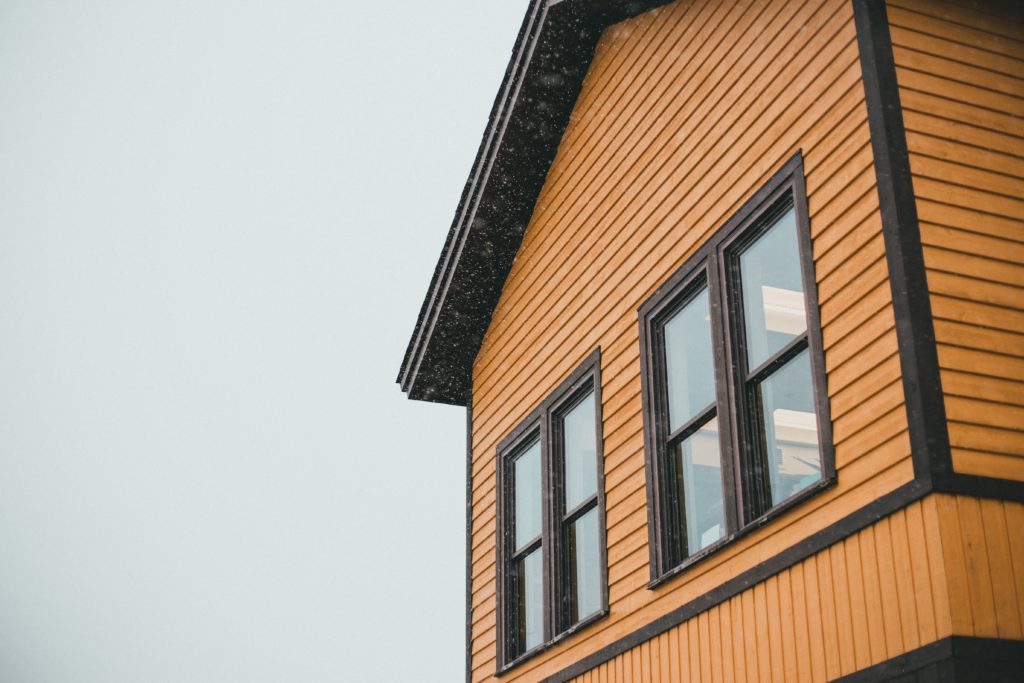
Wood siding, in use for centuries, is traditionally made from species like cedar, pine, or redwood, chosen for their natural resistance to decay. Today, it’s typically manufactured in mills where logs are cut into desired shapes and sizes, then often treated with preservatives for increased durability.
With its rich, natural aesthetic, wood siding is common in traditional Midwest home styles, including Craftsman and Cape Cod designs. Its timeless appeal and adaptability—able to be painted or stained in any color—make it a versatile choice.
Pros:
- Natural and beautiful aesthetic: Wood provides a warm, inviting look that many homeowners appreciate.
- Good insulation properties: Wood has natural insulating properties, which can help regulate home temperatures.
- Can be painted or stained: This offers flexibility in color and finish.
Cons:
- High maintenance: Wood siding requires regular painting or staining to prevent weather damage and decay.
- Susceptible to pests: Wood can be vulnerable to pests such as termites or carpenter ants.
- More expensive: Depending on the type of wood chosen, this can be a costly option.
Engineered Wood Siding
Engineered wood siding, a relatively modern invention, is typically made from wood chips or strands combined with a bonding agent. The mixture is compressed under heat to create durable, uniform boards or panels.
As it closely mimics the look of natural wood, engineered wood siding is commonly used in a variety of Midwest homes, from quaint cottages to larger, modern constructions. It offers the aesthetic appeal of wood without the maintenance needs.
Pros:
- More affordable and lower maintenance than solid wood: This can be a significant advantage for homeowners who like the look of wood but not the maintenance.
- Resistant to pests and moisture: Engineered wood has been treated to resist common problems like insect damage and rot.
- Good for a variety of home styles: The versatile appearance of engineered wood suits many architectural styles.
Cons:
- Not as long-lasting as some other materials: Despite its strengths, engineered wood may not last as long as materials like metal or fiber cement.
- May require professional installation: This can add to the overall cost of the siding project.
Fiber Cement Siding
Fiber cement siding was first patented in Austria in the late 19th century. It is typically made from a mix of cement, sand, and cellulose fibers, which is molded and cured under pressure to create durable, versatile panels.
Fiber cement siding can mimic the look of other materials, including wood and stucco, making it adaptable to a range of Midwest home styles, from traditional farmhouses to contemporary designs. It can be painted in a wide variety of colors and offers a blend of durability and aesthetic appeal.
Pros:
- Highly durable and fire-resistant: Fiber cement stands up well to harsh weather and doesn’t ignite easily.
- Mimics the look of other materials: Fiber cement can be made to look like wood, stucco, or brick, offering aesthetic versatility.
- Good for a variety of home styles: Given its design flexibility, it can suit anything from a traditional farmhouse to a modern minimalist home.
Cons:
- Heavier, requiring professional installation: Its weight can add complexity to the installation process.
- More expensive than some alternatives: While not the most expensive, it’s pricier than options like vinyl or engineered wood.
- Maintenance includes periodic painting: To maintain its appearance, fiber cement typically requires repainting every 12-15 years.
The decision on the right siding material depends largely on your home’s specific needs, your budget, and your aesthetic preferences. From the resilience of metal and fiber cement to the natural beauty of wood and the affordability of vinyl, each material brings its unique benefits and challenges. Therefore, consulting with professional siding contractors and weighing these considerations carefully will ensure you make the best decision for your Minnesota home.

